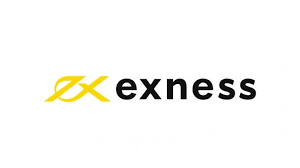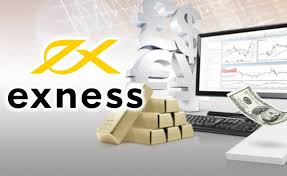
Understanding Ex Trade: A New Era in Trading
In the evolving landscape of financial markets, Ex Trade emerges as a significant player, offering unique opportunities and challenges for investors. This method of trading is not just a trend; it’s a transformative approach to how transactions are conducted. For investors looking to stay ahead, understanding Ex Trade is crucial. To learn more, visit Ex Trade https://latam-webtrading.com/ex-trade/.
What is Ex Trade?
Ex Trade refers to the exchange trading that allows investors to buy and sell securities on an exchange. Unlike over-the-counter (OTC) trading, Ex Trade ensures that all transactions are conducted within a regulated framework, enhancing transparency and reducing the risk of fraud. This system benefits traders by providing a centralized market where they can easily execute trades.
The Evolution of Trading
The concept of trading has transformed significantly over the years. From traditional floor trading to the digitized platforms we see today, the evolution has been driven by technological advancements and demands from the market. Ex Trade fits into this narrative as the next logical step in trading evolution. With the rise of online trading platforms, investors now have greater access to global markets, facilitating seamless transactions.
Benefits of Ex Trade
Ex Trade offers several benefits that make it an attractive option for investors:
- Liquidity: Ex Trade markets generally offer higher liquidity, meaning traders can enter and exit positions more easily without significantly impacting the price.
- Transparency: The regulatory framework ensures that all trades are visible to market participants, providing a level of trust and security not always found in OTC markets.
- Reduced Risk: Exchanges impose stringent rules and regulations that reduce the risks associated with trading.
- Access to Information: Investors have easier access to real-time data and analytics, which aids in making informed trading decisions.
Understanding the Mechanics of Ex Trade
To effectively trade within the Ex Trade system, it’s essential to understand how it operates. Trades are initiated through brokers who represent the investor on the exchange. When an investor places an order, the broker matches it with an order on the exchange. The order types available include market and limit orders, each serving different trading strategies.
Market Orders

A market order is executed immediately at the best available price. This type of order is beneficial for traders who prioritize swift execution over price certainty.
Limit Orders
Limit orders allow traders to set a specific price at which they are willing to buy or sell a security. Although they provide more control over trade execution, there’s a risk that the order may not be filled if the market price does not reach the specified limit.
Challenges in Ex Trade
While Ex Trade has numerous benefits, it also presents challenges that investors need to navigate. Here are some of the common hurdles:
- Transaction Costs: Even though exchange trading can be more efficient, transaction fees can accumulate, impacting overall profitability.
- Market Volatility: Ex Trade markets can be subject to rapid price changes, requiring investors to be vigilant and responsive.
- Over-Trading: The ease of access to trading platforms can lead to impulsive trading behavior, negatively affecting profits.
Strategies for Successful Trading in Ex Trade
To succeed in Ex Trade, investors must adopt well-defined trading strategies. Here are a few approaches:
- Technical Analysis: Understanding price charts and patterns can help traders make informed decisions based on historical data.
- Risk Management: Setting stop-loss orders and managing the size of each trade can protect investors from significant losses.
- Diversification: Spreading investments across various securities lowers overall risk and increases chances of profitability.
The Future of Ex Trade
As technology continues to evolve, the landscape of Ex Trade is poised for further transformation. Innovations such as artificial intelligence and machine learning are being integrated into trading platforms, enhancing the trading experience. Moreover, the rise of decentralized finance (DeFi) may introduce new paradigms for exchangetrading, presenting both opportunities and challenges for investors.
Conclusion
Ex Trade represents a pivotal component of modern investing, combining efficiency and regulatory oversight to foster a robust trading environment. By understanding its mechanics, benefits, and challenges, investors can better position themselves for success in an increasingly complex financial landscape. As you navigate through this evolving world, remember that strategic planning, continuous learning, and adaptability will be your keys to achieving trading success.
